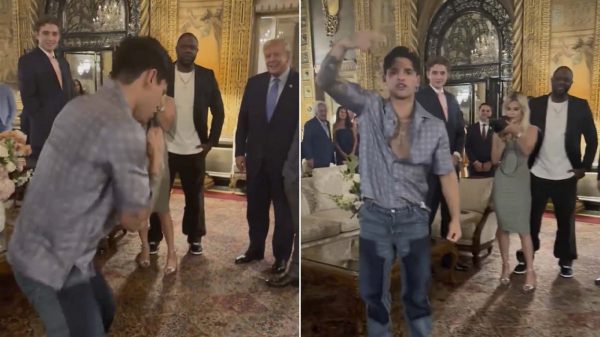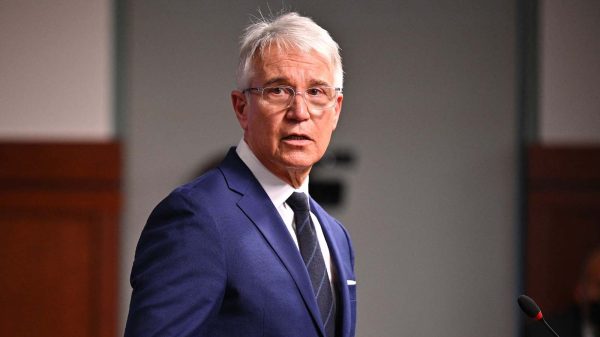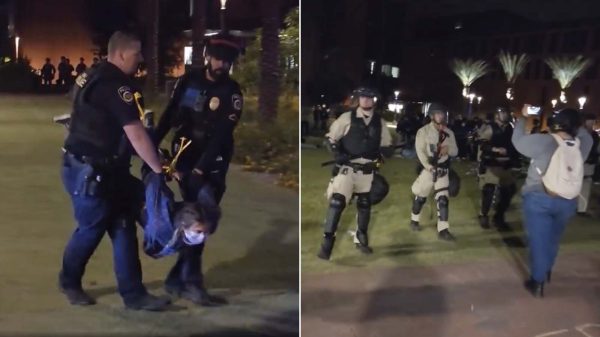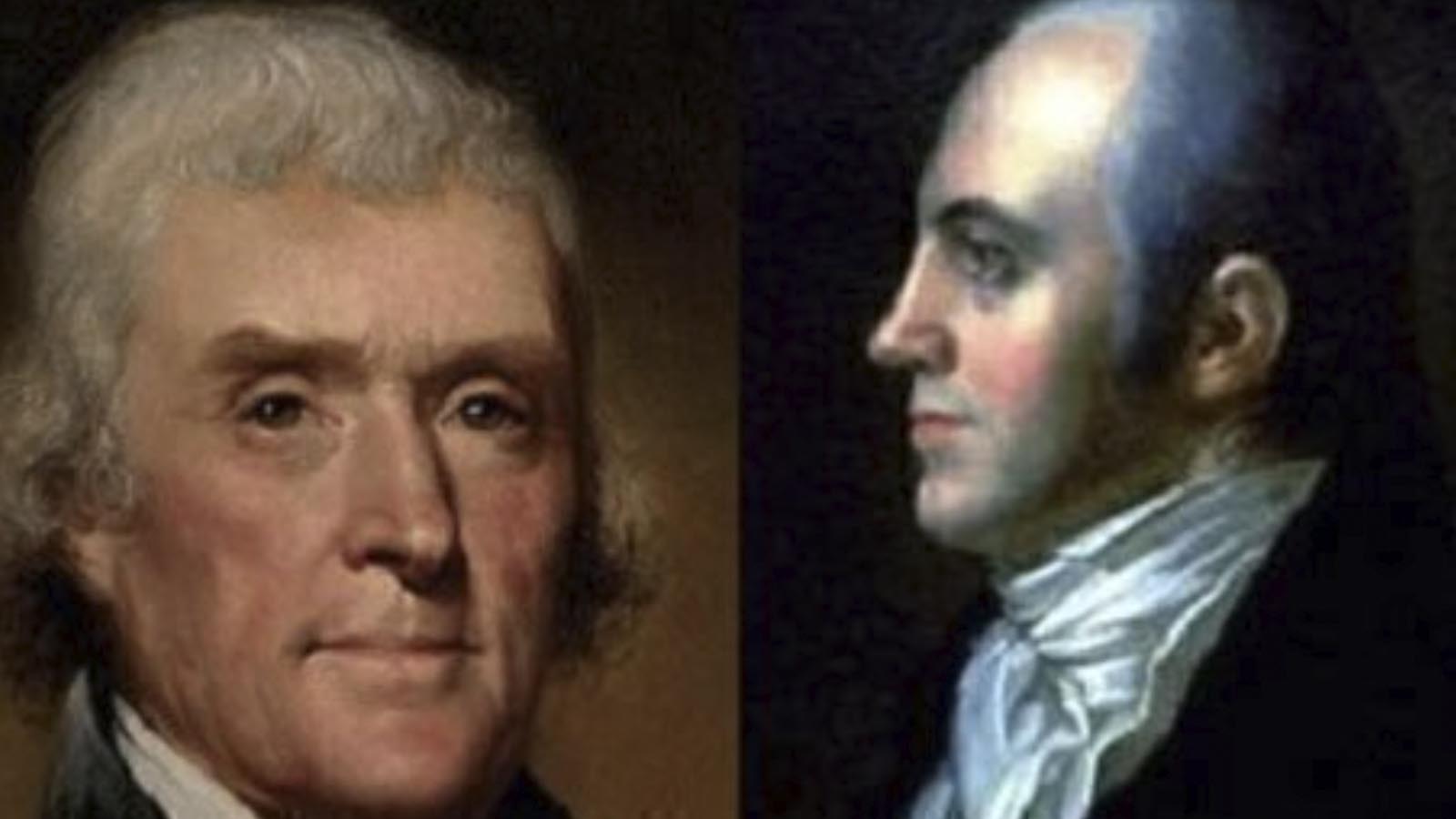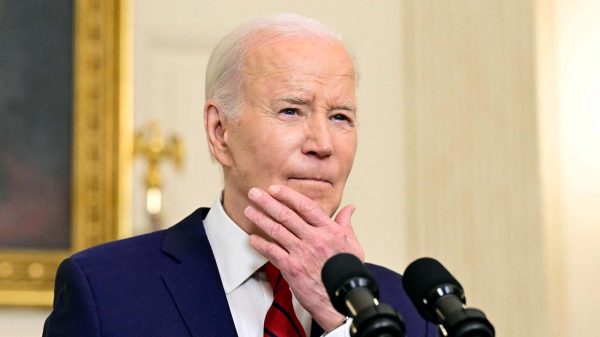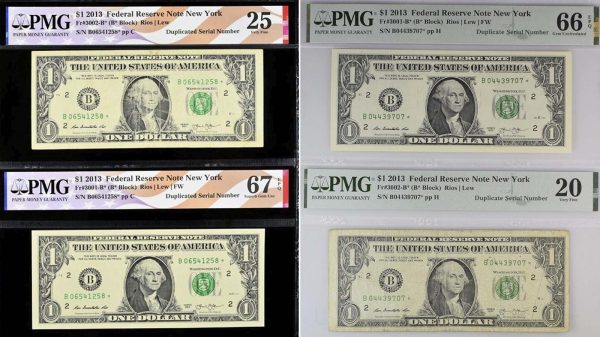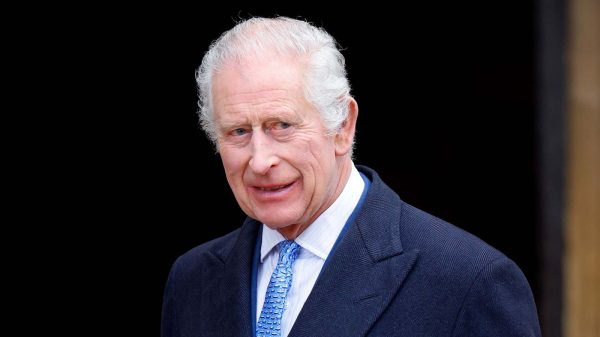It was on this day in 1801 that the House finally decided a tied presidential election because of a constitutional flaw: the deadlocked race between Thomas Jefferson and Aaron Burr.
It took 36 ballots in the House before Jefferson, with help from his rival, Alexander Hamilton, defeated Burr. The election only added to the animosity between Hamilton and Burr, leading in part to the 1804 duel that left Hamilton dead and Vice President Burr charged with murder.
The Constitution’s original provision for electing a president and vice president didn’t last more than a decade. The bitter 1800 election between Jefferson and President John Adams left Jefferson in an election tie with his own running mate, Burr, in part because of the provision allowed a President and Vice President to contend for the same office.
Article II, Section 1, of the Constitution required electors in states to cast two ballots. There wasn’t a separate vote for Vice President, and it was up to the political parties to coordinate among their electors to make sure Vice-Presidential candidates had at least one fewer electoral vote than Presidential candidates.
The Federalist Party did just that, making sure one elector voted for John Jay and ensuring that Adams had the most votes from his party. The Democratic-Republicans didn’t, leaving their presidential candidate, Jefferson, in a tie with Burr. After the electoral votes were counted, each candidate had 73 votes. Worse yet, Article II sent the tie election to the House, which was controlled by Adams’ Federalist Party.
The House members could only vote for Jefferson or Burr, and not Adams, and then Burr made the controversial move to try to win the election from Jefferson, hoping for support in the House runoff vote.
The contingent election between Jefferson and Burr became a true constitutional crisis. Jefferson ultimately won the House election on the 36th ballot after a week of voting. The voting started on February 11, 1801, during a snowstorm in Washington. It ended on February 17, 1801, when several Federalists (including James A. Bayard of Delaware), were possibly influenced by Hamilton, and abstained from voting. Jefferson became President and Burr was his Vice President.
Hamilton, Jefferson’s long-time enemy, told some Federalists that Jefferson was “by far not so dangerous a man” as Burr – language similar to what Burr objected to in 1804 when the Hamilton-Burr feud turned deadly.
The 12th Amendment quickly followed the 1801 contingent election. It was written, approved in Congress and ratified within three years, so that it was in effect for the 1804 election. The next amendment to the Constitution wouldn’t be ratified until December 1865.
The 12th Amendment made sure separate ballots were cast in the Electoral College for President and Vice President; the House would settle an election without a majority winner with a contingent election featuring the top three vote-getters, and the House would determine rules for conducting the election.

